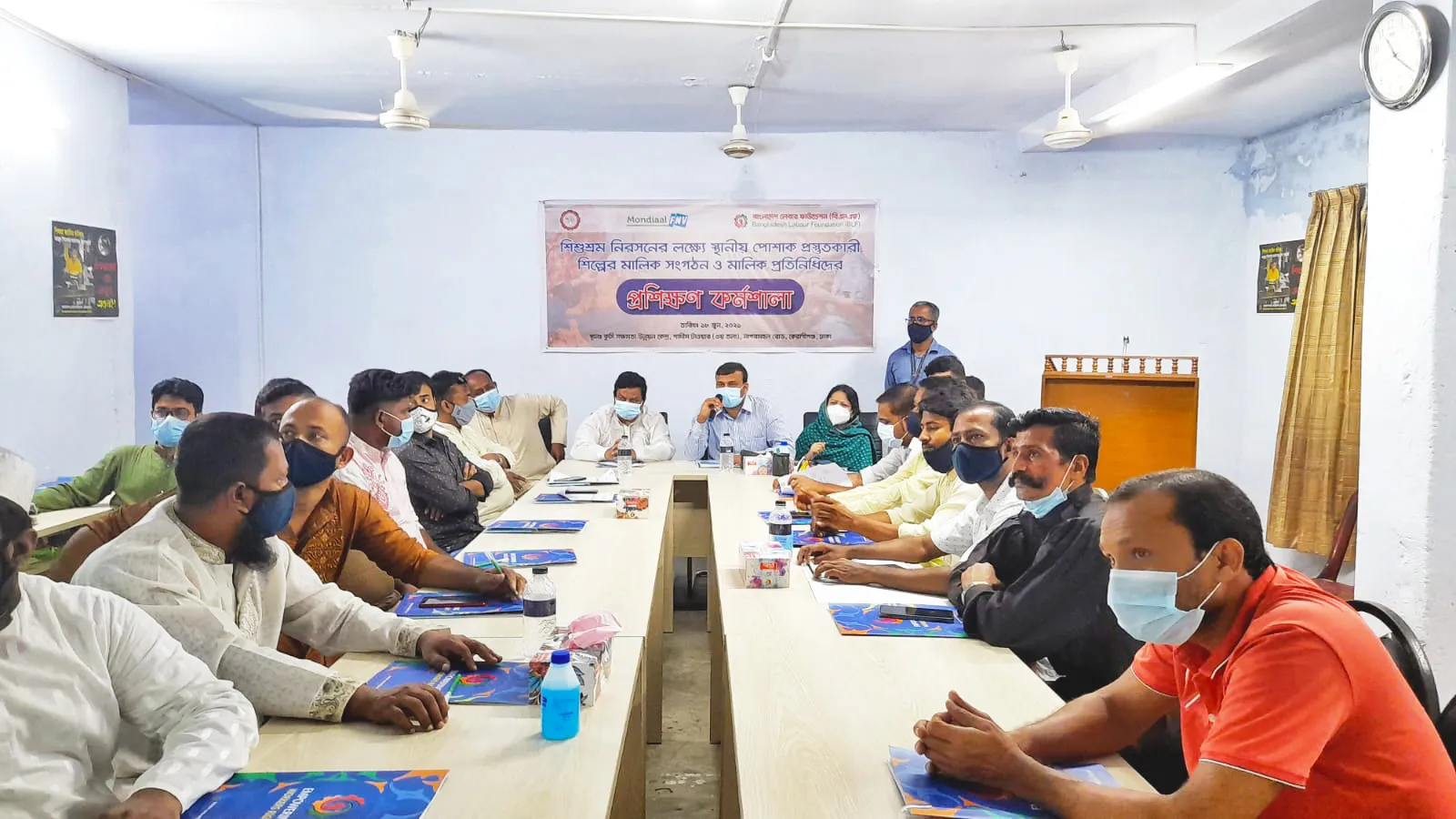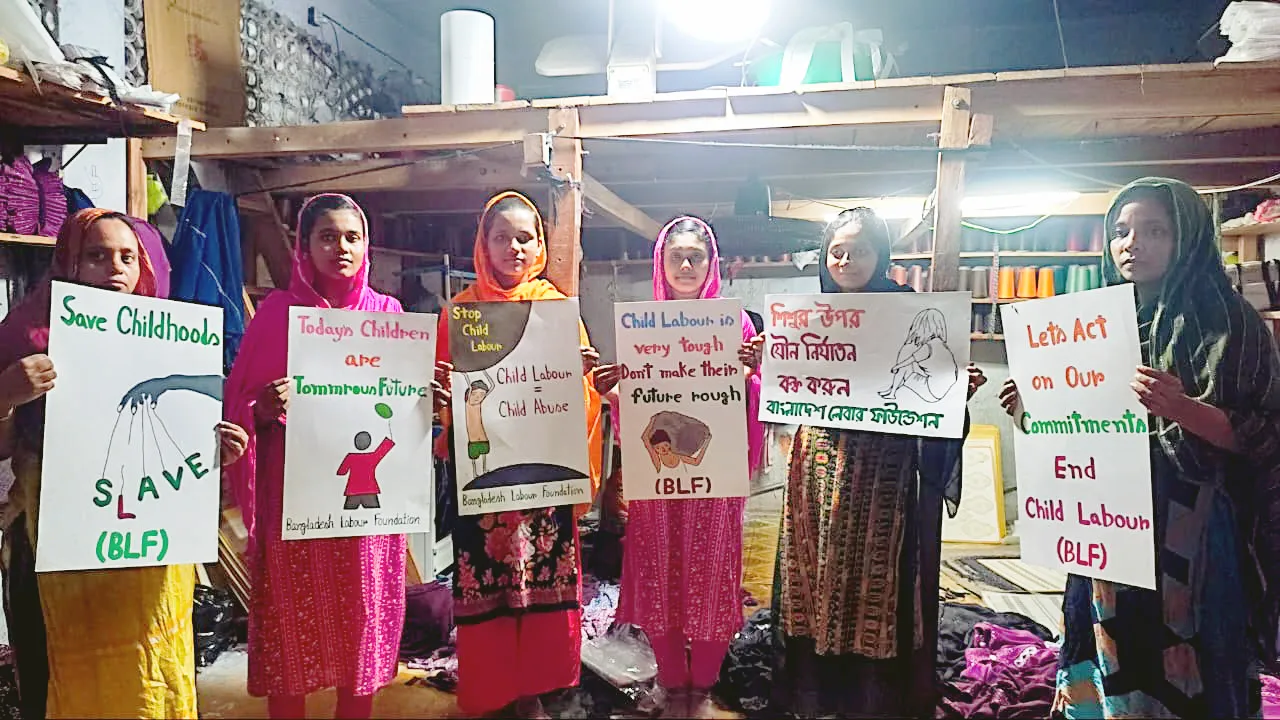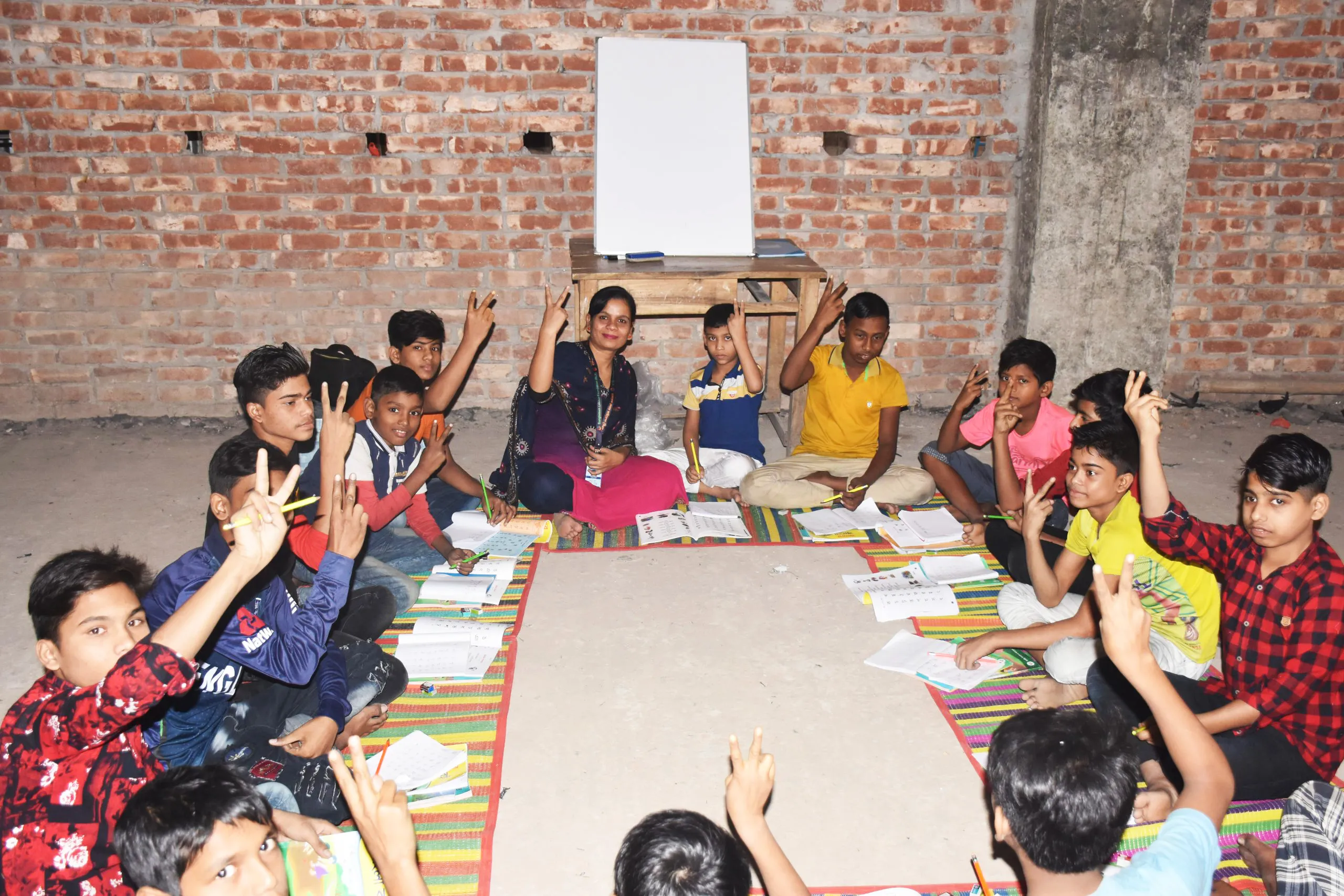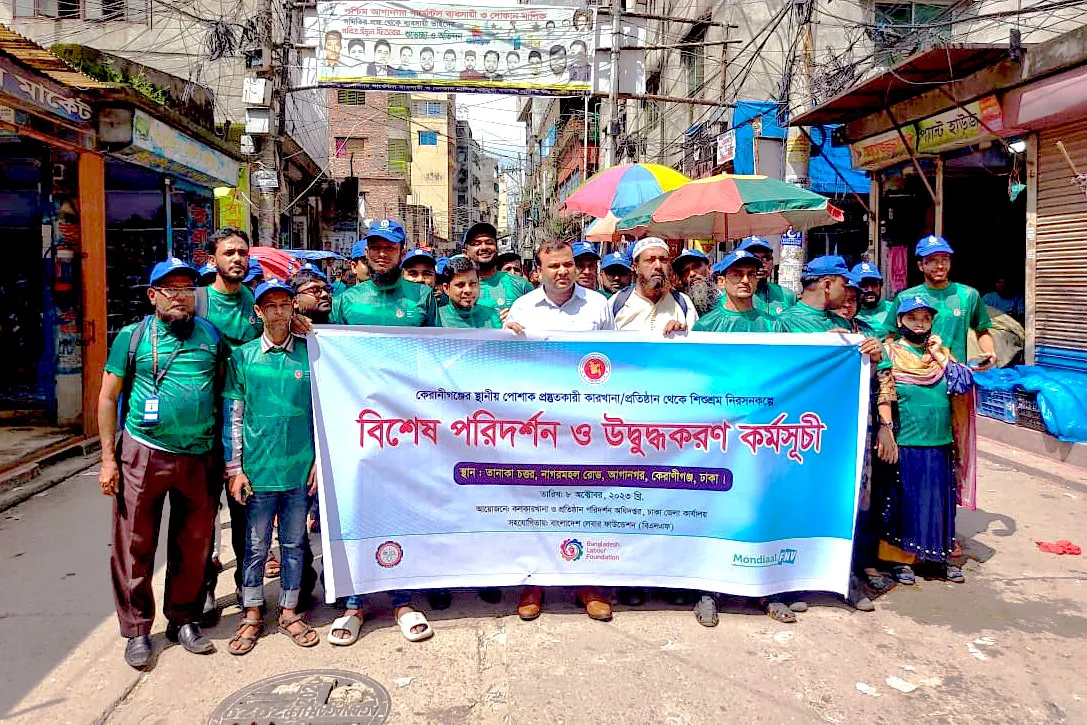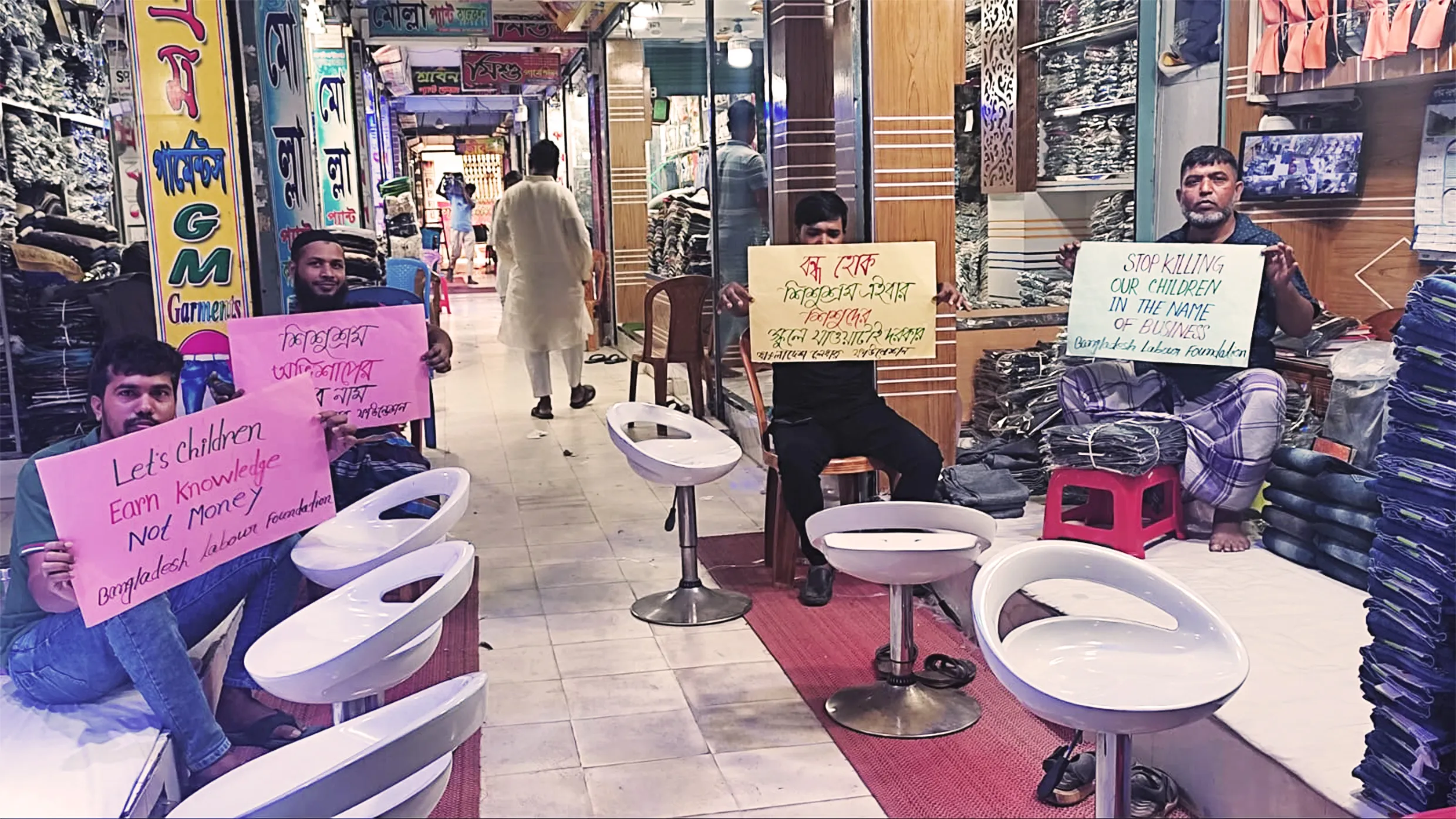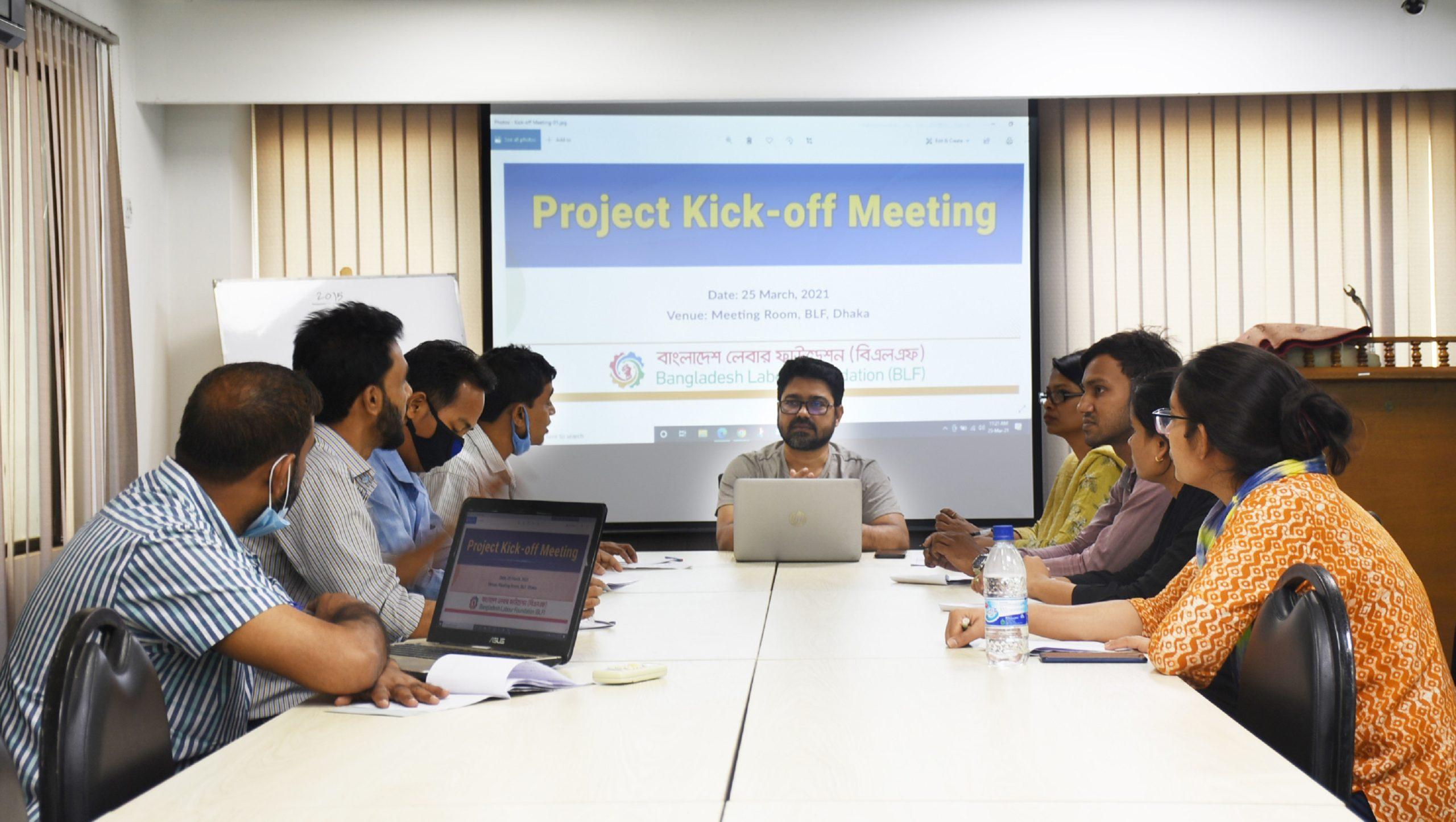Child Labour Bangladesh
National Child Labour Survey Bangladesh: NCLS 2022
Child labour is an international concern that is swelling day by day, linked with poverty. inadequate educational prospects and a lot of health hazards. The child labour issue has become one of the most crucial matters in Bangladesh as well. Since 1995 Bangladesh Bureau of Statistics (BBS) has been generating statistics on child labour by conducting the child labour survey Considering the data support for monitoring the progress in combating child labour, surveys on child labour were sequentially conducted in 2002-03, 2013 and recently the 4th National Child Labor Survey (NCLS) is conducted in 2022

Comparison of Child Labour Indicators (2013 and 2022)
| Indicators | 2013 | 2022 |
|---|---|---|
| Total population | 154,145,734 | 169,828,911 |
| Children aged 5-17 years | 39,652,384 | 39,964,005 |
| A. Not working children | 36,202,015 | 37,026,443 |
| B. Working children | 3,450,369 | 3,536,927 |
| a) Not in child labour | 1,751,475 | 1,760,830 |
| b) Child labour | 1,698,894 | 1,776,097 |
| i) Hazardous child labour | 1,280,195 | 1,068,212 |
| ii) Non-hazardous child labour | 418,699 | 707,885 |
| Proportion of Working children (%) | 8.70% | 8.90% |
| Proportion of Child labour (%) | 4.30% | 4.40% |
| Proportion of Hazardous child labour (%) | 3.20% | 2.70% |
Working Children
Child Labour
Hazardous Child Labour
Child Labour Bangladesh Key Statistics
Child Population
Child by Sector
Child by Age Group
Child by Hazardous Work
Child by Gender
Child by Region
Child Labour Insights
Child Labour Indicators by Locality (Million)
Child Labour Prevalence by Age Group (%)
Comparison of Child Labour Indicators by the Years 2013 and 2022 (Million)
2020 Bangladesh Estimates of Child Labour

Child Labour: Global estimates 2020, trends and the road forward
Published for the first time jointly by the ILO and UNICEF, as co- custodians of Target 8.7 of the Sustainable Development Goals, the report takes stock of where we stand in the global effort to end child labour.
- Full report
- Executive Summary
- Faqs
Highlights
Bangladesh Labour Standards on child labour
- The Bangladesh Labour Act, 2006: This is the primary legislation governing labor standards in Bangladesh. It prohibits the employment of children under the age of 14 in any sector. For those aged 14 to 18, specific regulations apply, including restrictions on working hours and conditions.
- The National Child Labour Elimination Policy, 2010: This policy aims to eliminate child labor in Bangladesh, emphasizing the importance of education and social protection for children.
- The Right to Information Act, 2009: This act ensures that citizens can access information regarding government activities, including those related to child labor and labor rights.
One of the most effective methods of ensuring that children do not start working too young is to set the age at which children can legally be employed or otherwise work. The aim of ILO Convention No. 138 on the minimum age is the effective abolition of child labour by requiring countries to: (1) establish a minimum age for entry into work or employment; and (2) establish national policies for the elimination of child labour.
One of the most effective methods of ensuring that children do not start working too young is to set the age at which children can legally be employed or otherwise work. The aim of ILO Convention No. 138 on the minimum age is the effective abolition of child labour by requiring countries to: (1) establish a minimum age for entry into work or employment; and (2) establish national policies for the elimination of child labour.
One of the most effective methods of ensuring that children do not start working too young is to set the age at which children can legally be employed or otherwise work. The aim of ILO Convention No. 138 on the minimum age is the effective abolition of child labour by requiring countries to: (1) establish a minimum age for entry into work or employment; and (2) establish national policies for the elimination of child labour.
Bangladesh Child Labor & Forced Labor Reports
- https://www.dol.gov/agencies/ilab/resources/reports/child-labor/findings
- https://www.dol.gov/agencies/ilab/resources/reports/child-labor/findings
- https://www.dol.gov/agencies/ilab/resources/reports/child-labor/findings


